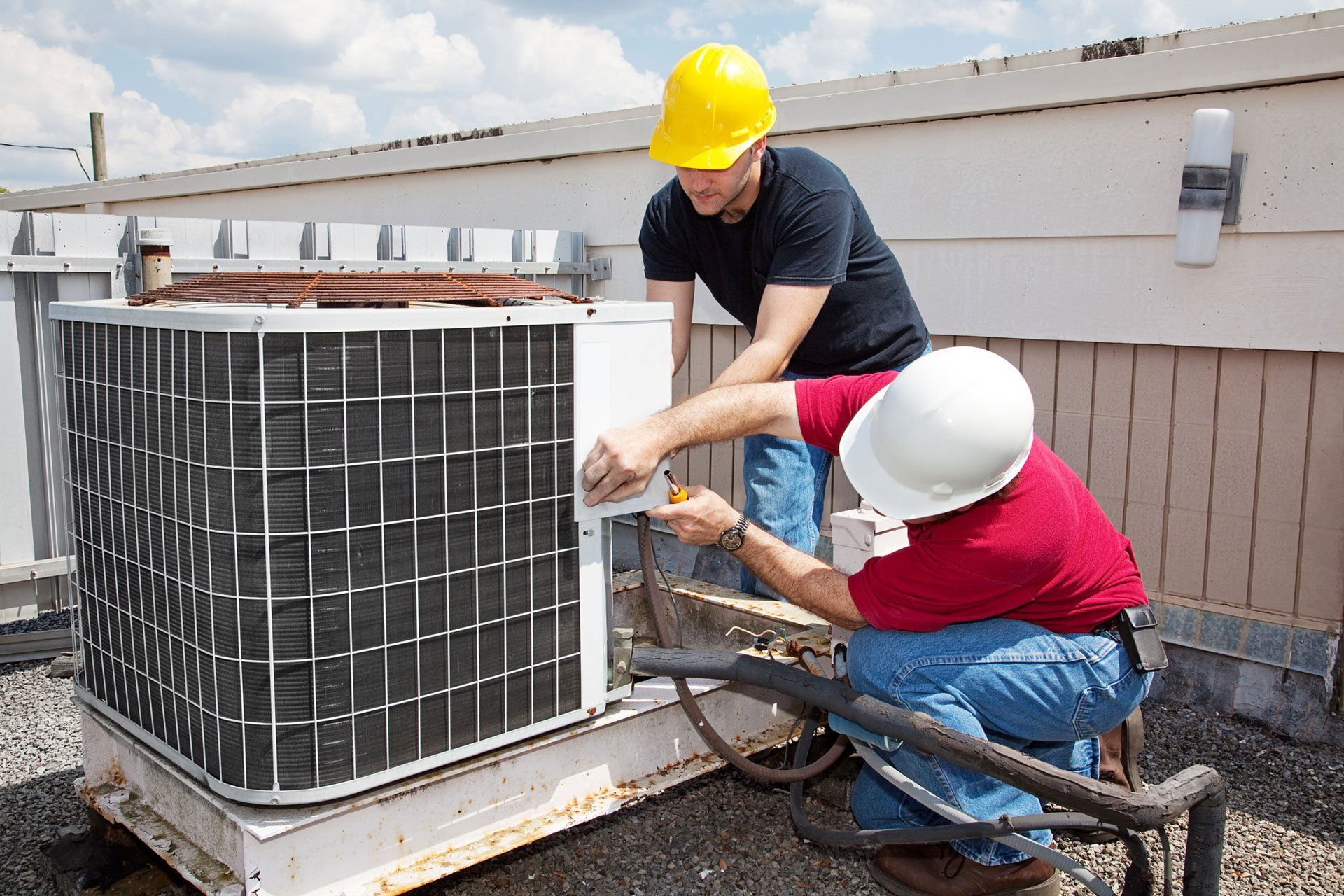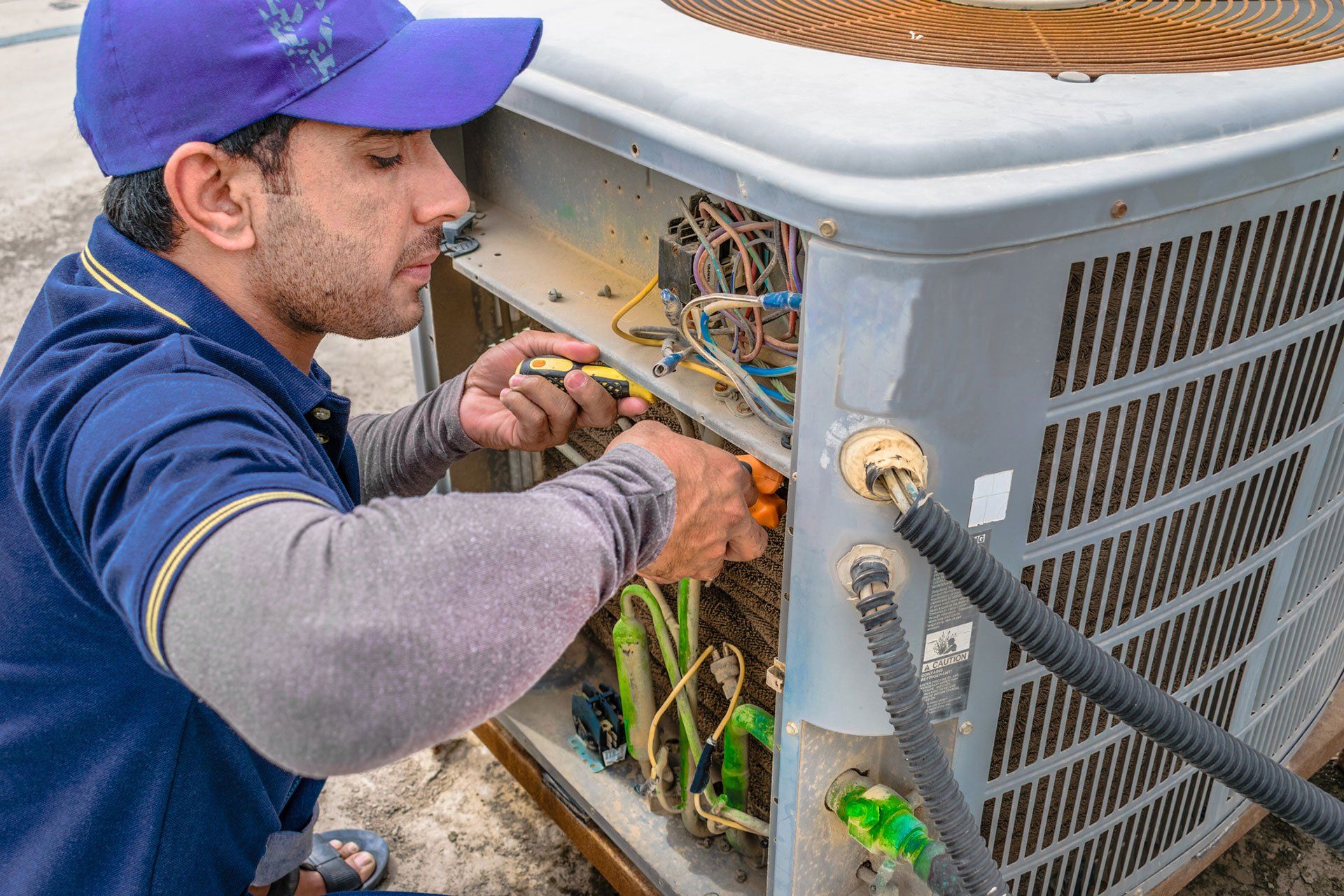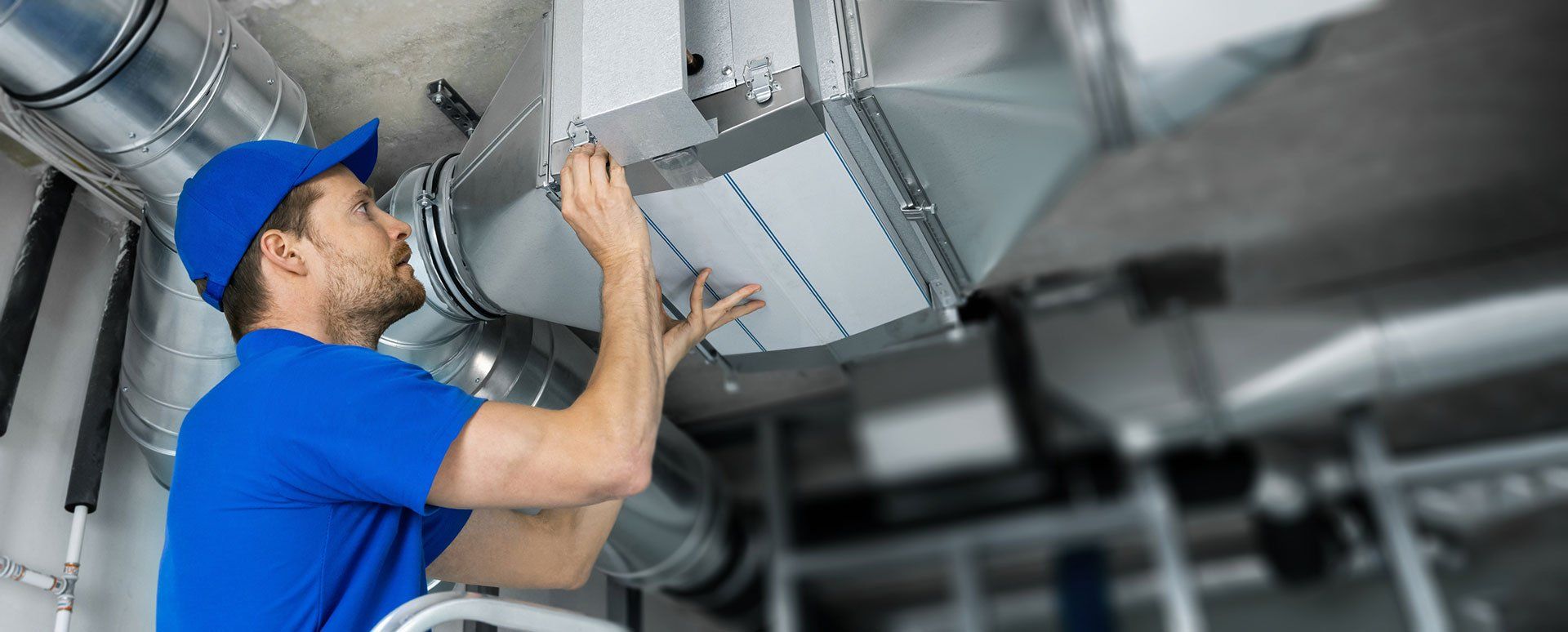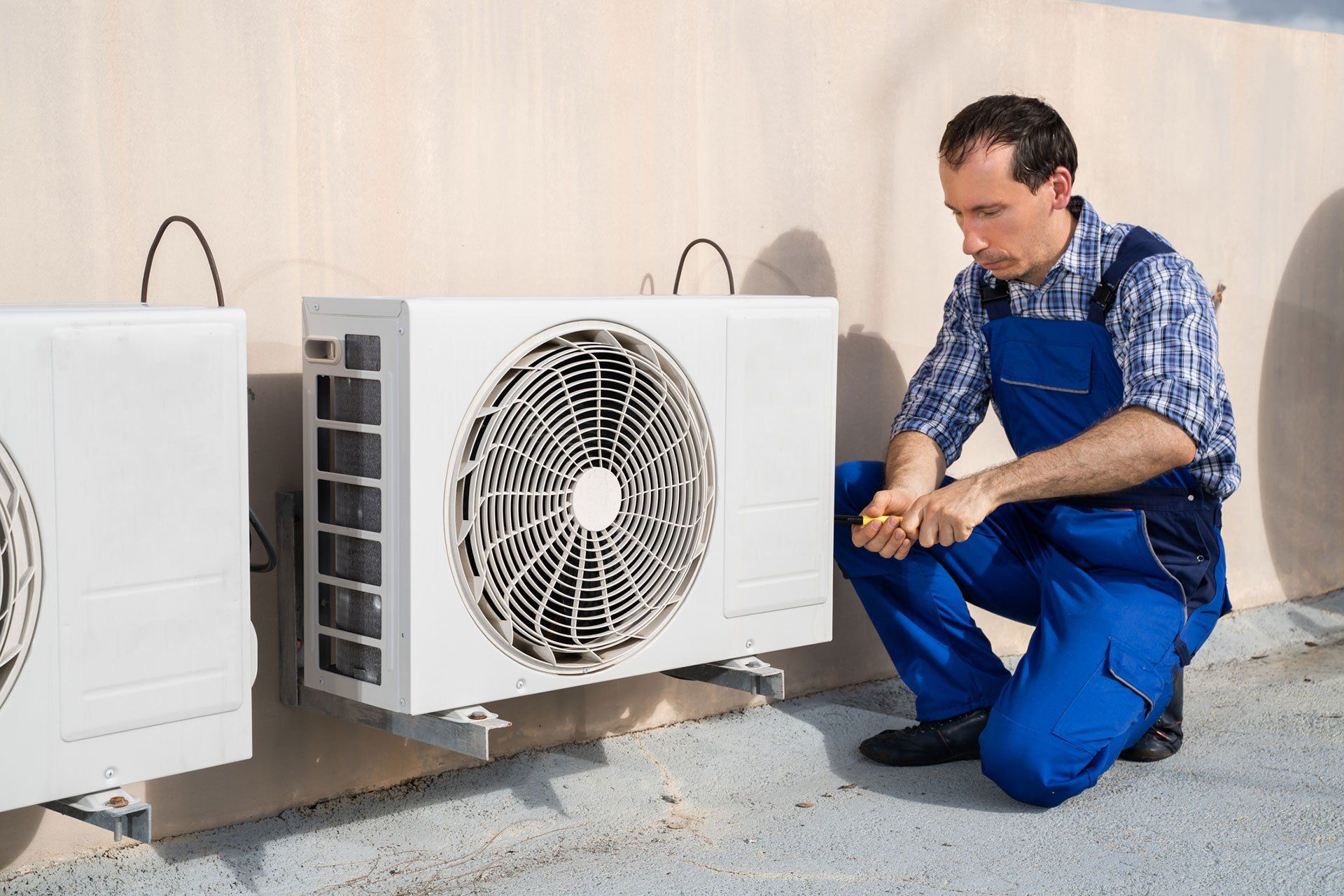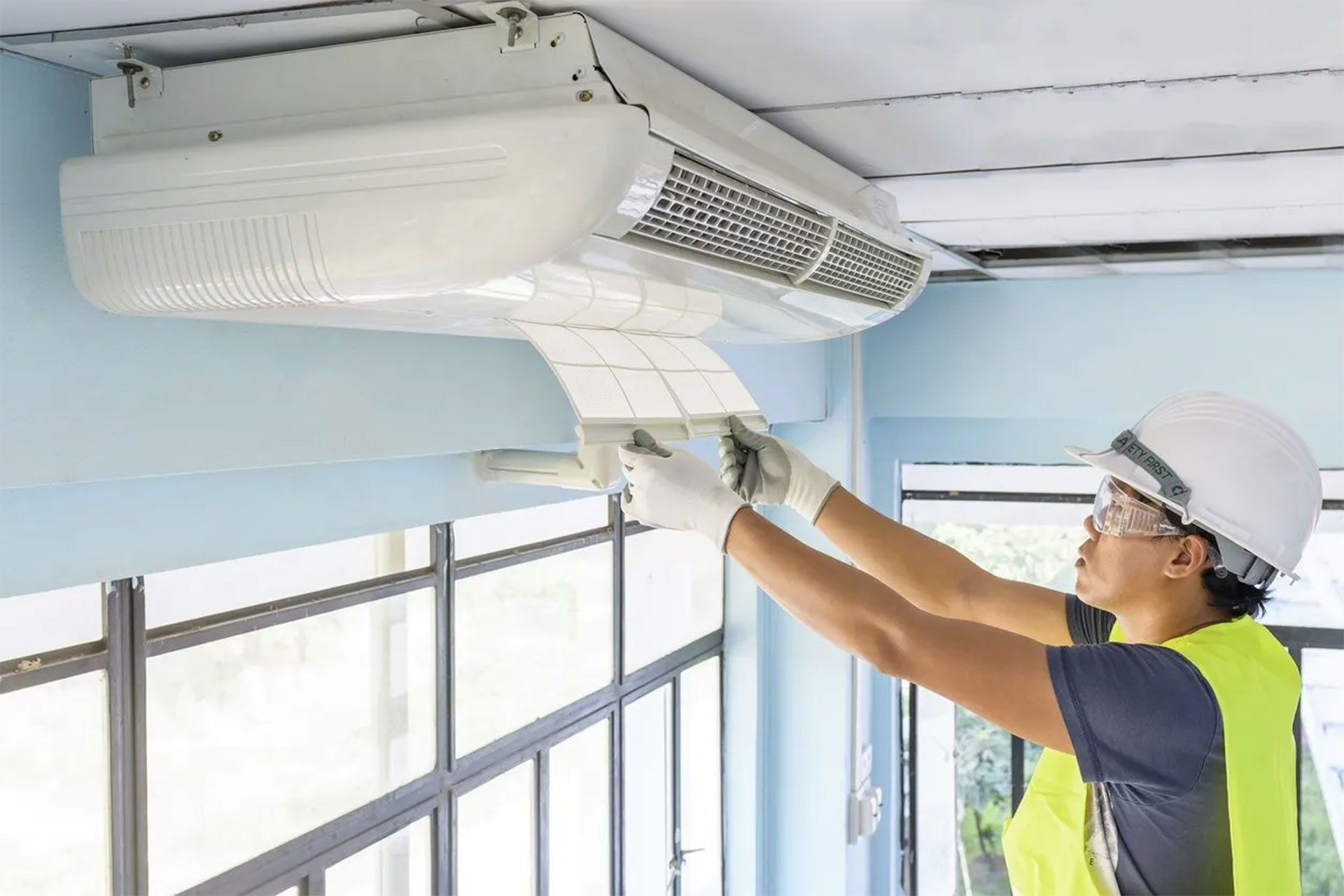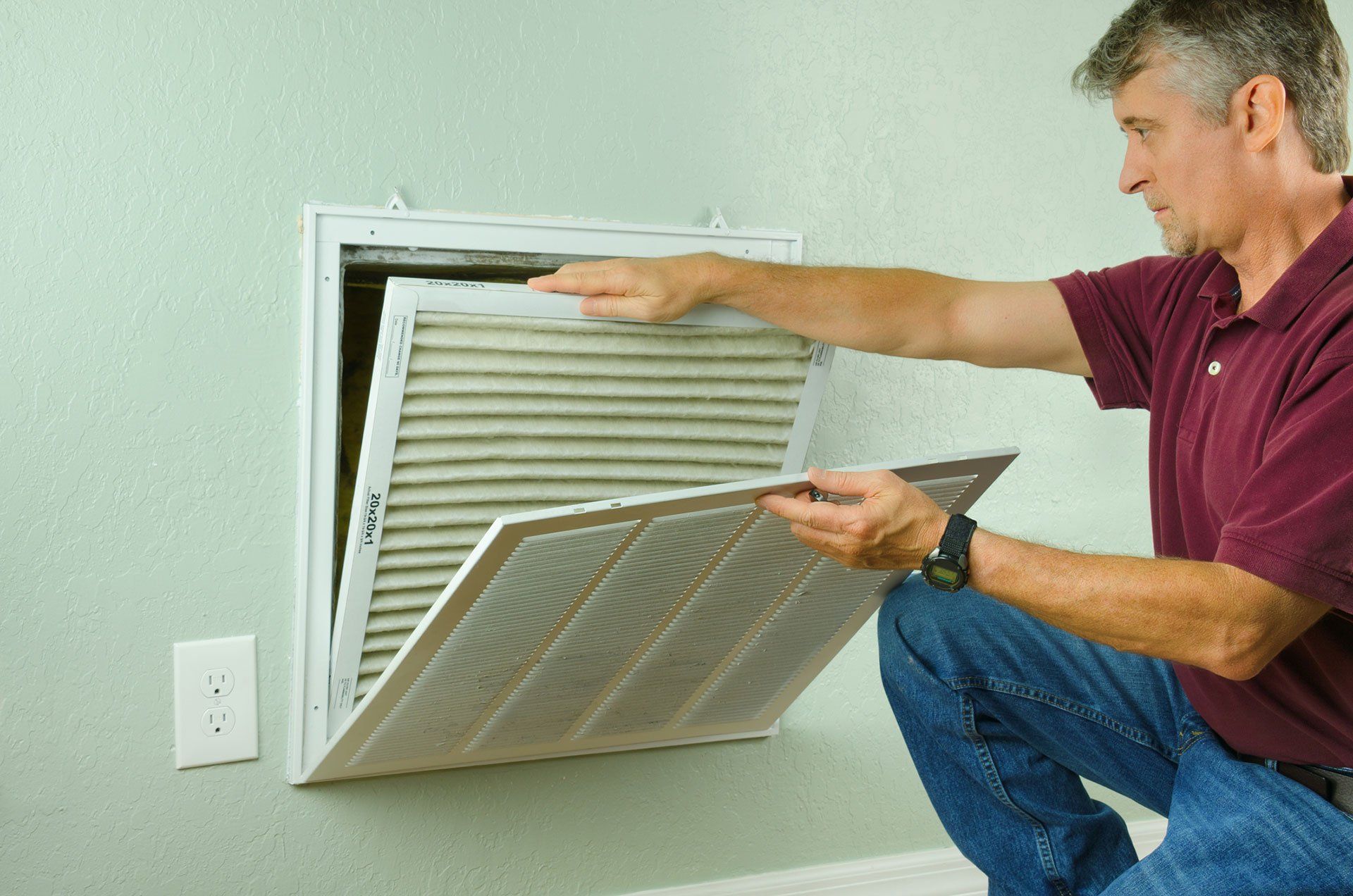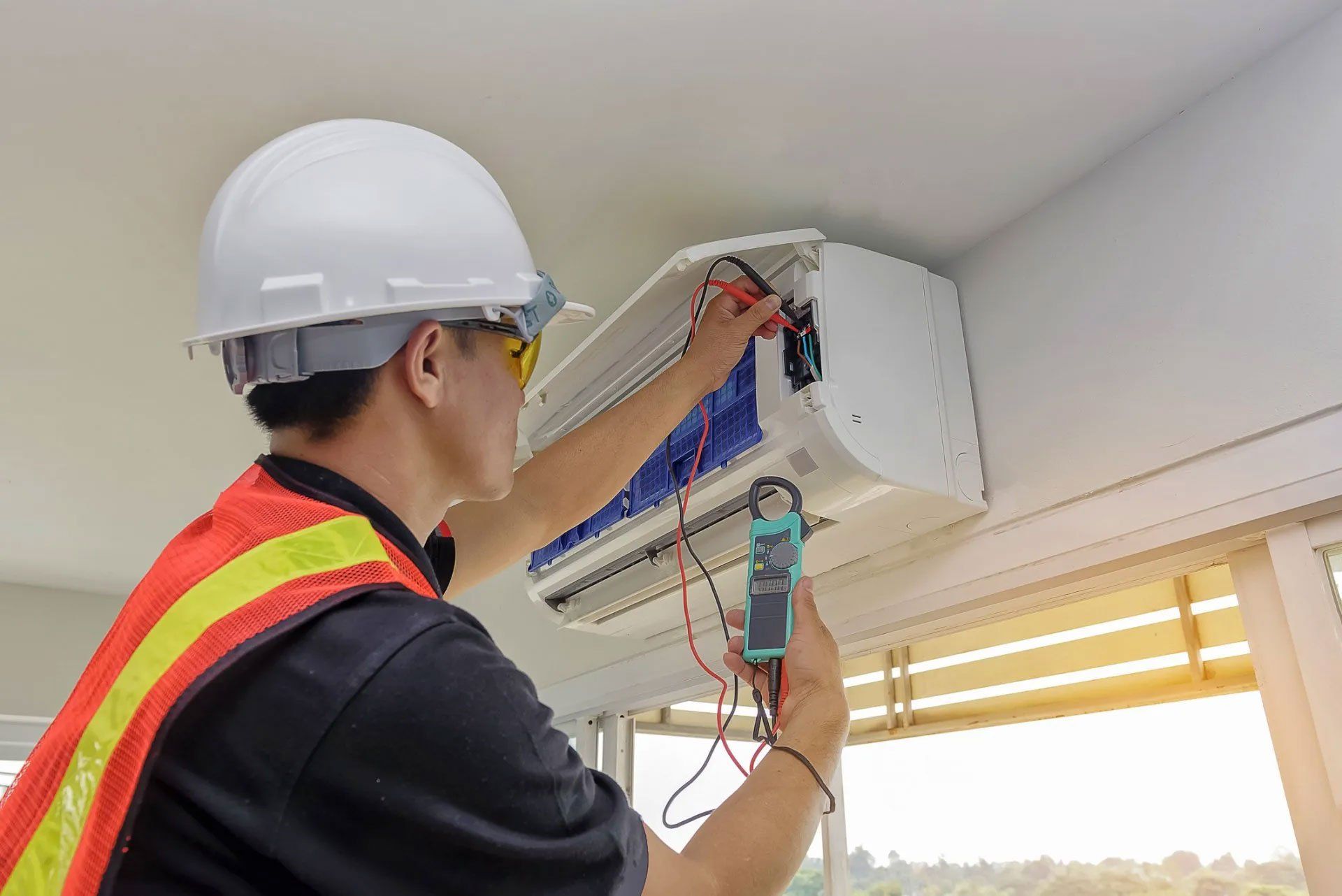Common Signs That You Need Heating Repairs
Warning Signs Your Heating System Needs Professional Repair
Your heating system works hard to keep your home comfortable during cooler months, but like any mechanical system, it can develop problems over time. Recognizing the early warning signs of heating issues can save you from costly emergency repairs and ensure that your family stays warm when temperatures drop. Understanding these indicators helps you take proactive steps to maintain your system's efficiency and extend its lifespan.
Most heating problems don't appear overnight. They develop gradually, often starting as small inconveniences before escalating into major malfunctions. By learning to identify these warning signals, you can address issues promptly and avoid the discomfort and expense of a complete system breakdown during peak heating season.
Strange Noises Coming from Your Heating System
Unusual sounds from your heating system often indicate mechanical problems that require immediate attention. While some operational noise is normal, certain sounds signal specific issues that shouldn't be ignored:
- Banging or clanging noises typically suggest loose or broken internal components. These sounds may indicate problems with the heat exchanger, blower motor, or ductwork connections.
- Screeching or squealing often points to belt issues or motor bearing problems that need lubrication or replacement.
- Popping sounds can indicate ductwork expansion and contraction, which is sometimes normal, but persistent popping may suggest airflow restrictions or loose connections.
- Buzzing noises frequently signal electrical problems, while rattling sounds usually mean loose panels, screws, or other hardware components.
Sudden Spikes in Your Energy Bills
When your heating costs increase dramatically without corresponding changes in usage or utility rates, your system likely isn't operating efficiently. Various factors can cause this decreased efficiency, requiring professional diagnosis to identify and resolve:
- Dirty air filters force your system to work harder, consuming more energy to maintain comfortable temperatures. Clogged filters also restrict airflow, causing the system to run longer cycles and increasing wear on components.
- Aging components naturally become less efficient over time. Heat exchangers may develop cracks, motors may struggle to operate at full capacity, and seals can deteriorate, allowing heated air to escape before reaching living spaces.
- Ductwork problems, such as leaks or poor insulation, can cause significant energy waste. When heated air escapes through damaged ducts, your system must work continuously to compensate for the lost heat.
Irregular Heating Cycles and Poor Temperature Control
Properly functioning heating systems should maintain consistent cycles and temperatures throughout your home. When you notice irregular operation patterns, these changes often indicate underlying mechanical or electrical issues. Short cycling occurs when your system turns on and off frequently without completing full heating cycles. This problem wastes energy, increases wear on components, and fails to maintain comfortable temperatures.
Common causes include oversized systems, thermostat malfunctions, or restricted airflow. Excessively long cycles may indicate insufficient capacity, dirty components, or airflow restrictions. When systems struggle to reach desired temperatures, they run continuously, increasing energy consumption and component stress. Uneven heating between rooms suggests ductwork problems, blocked vents, or system sizing issues. Some rooms may feel too warm while others remain cold, indicating imbalanced air distribution that requires professional adjustment.
Weak Airflow or Cold Air from Vents
Reduced airflow significantly affects your system's ability to heat your home effectively. Multiple factors can cause airflow problems, ranging from simple filter issues to complex mechanical failures. Dirty or clogged air filters are the most common cause of reduced airflow. When filters become saturated with dust and debris, they restrict air movement through the system, reducing efficiency and potentially damaging components.
Blower motor problems can also cause weak airflow. Motor bearings may wear out, belts may slip or break, or electrical connections may fail, preventing the blower from moving air effectively through your ductwork. When vents blow cold air instead of warm, your system may have ignition problems, gas supply issues, or heat exchanger damage. These problems require immediate professional attention, as they can indicate potentially dangerous conditions.
Pilot Light Color Changes or Flame Issues
Gas heating systems rely on proper combustion for safe and efficient operation. Changes in pilot light appearance or behavior can indicate serious problems that require immediate professional attention. A healthy pilot light burns with a steady blue flame. When the flame turns yellow, orange, or red, it suggests incomplete combustion, which can produce dangerous carbon monoxide. This color change may indicate dirty burners, improper air mixture, or ventilation problems.
Pilot lights that frequently go out may have thermocouple problems, gas supply issues, or drafting problems. While relighting the pilot occasionally is normal, frequent outages suggest underlying problems that need professional diagnosis. Flickering or dancing flames can indicate ventilation problems or improper gas pressure. These conditions affect combustion efficiency and may create safety hazards that require prompt resolution.
Frequent System Cycling and Thermostat Issues
Your thermostat controls when and how your heating system operates. When thermostats malfunction or lose calibration, they can cause various operational problems that affect comfort and efficiency. Inaccurate temperature readings cause systems to operate incorrectly. When thermostats read temperatures incorrectly, they may cycle systems on and off at inappropriate times, failing to maintain desired comfort levels.
Programming problems with digital thermostats can cause unexpected operation patterns. Systems may run during programmed "off" periods or fail to activate when heating is needed. Wiring problems between thermostats and heating systems can cause erratic operation. Loose connections, damaged wires, or corroded terminals prevent proper communication between components.
Age-Related Performance Decline
Heating systems naturally lose efficiency and reliability as they age. Understanding your system's expected lifespan helps you plan for maintenance needs and eventual replacement. Most furnaces and heat pumps last 15-20 years with proper maintenance. As systems approach this age range, they typically require more frequent repairs and operate less efficiently than newer models.
Older systems often use outdated technology that doesn't meet current efficiency standards. While they may still function, they consume more energy and may not provide the comfort levels achievable with modern equipment. Component availability can become an issue with aging systems. When manufacturers discontinue parts, repairs become more expensive and time-consuming, making replacement more economical than continued repairs.
How BJ's Heating and Air Can Help
At BJ's Heating and Air, we provide comprehensive heating repair services throughout Rockport, Portland, Ingleside, and Aransas Pass, TX; as well as the surrounding areas. Our trained technicians have the experience and equipment necessary to diagnose and resolve heating system problems efficiently. We understand that heating problems can create urgent situations, especially during cold weather. That's why we offer after-hours emergency services to restore your system's operation when you need it most. Contact us today to schedule your heating system inspection or repair service!

